Featured image: Times Square ad for Hourglass Cosmetics (owned by Unilever),
Photography & retouching: Julia Kuzmenko McKim
The world of professional beauty retouching is very exciting, collaborative, and diverse. You never stop learning and growing as a creative professional because every job is a set of new challenges that keep your problem-solving and retouching skills sharp and ever-evolving.
In retouching, as in any freelance career, virtually everyone begins with the simplest form of doing business – offering their services in exchange for the opportunity to develop their skillset and build their portfolio.
Then, once a freelancer feels confident enough to offer paid services, they move on to working with photographers, models, and makeup artists. And for the majority of retouching freelancers, this is the market where they choose to linger indefinitely.
Maybe this is where you want to be or maybe you are just not aware of the possibilities as a professional retouching artist.
If it’s the latter, you will be happy to find out that there’s a lot of room for growth – both professional and financial.
TYPES OF CLIENTS
In retouching, there are two main types of end clients you can acquire:
- Individual clients – regular people, and photographers who work with regular people;
- Commercial clients – big and small businesses in any and all industries.
When you work with individual clients, the images that you might be hired to retouch will be used for their personal enjoyment, to add to their work portfolios, or to grow their personal or business social media following.
While commercial clients‘ images are created to help promote their products or services that will in turn bring them profits, and often multi-million-dollar profits if we’re talking about the beauty industry.
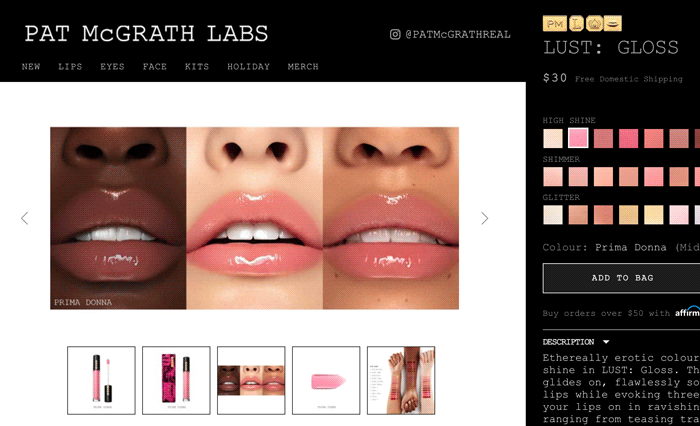
Client: Pat McGrath Labs, Photo & Retouching by Julia Kuzmenko McKim and Avenue Retouching Agency
Naturally, businesses will have significantly higher budgets and access to top creative professionals (photographers, makeup artists, stylists, set designers, studios, locations, and etc.) to produce the very visuals that help them sell their products.
So, a skillful retoucher who works directly or indirectly (via a creative agency, retouching house, or a commercial photographer) with commercial clients has a better chance not only to sustain their business but also to make a comfortable living significantly faster.
And as a bonus, they get to fill their portfolio with higher-level visuals, which will in turn help them to attract even higher-paying clients.
DO YOU REALLY NEED LOW-PROFIT CLIENTS?
According to the Customer Classification Matrix (a well-known model popular in business studies), for long-term prosperity, a business owner should focus on acquiring and retaining more High-Profit clients (ideally, who are also Low-Maintenance) and eliminating Low-Profit clients, especially those who are High-Maintenance.
In the retouching business, individual clients are usually those that can be classified as Low-Profit, while they are quite often High-Maintenance with long lists of retouching requests per image and multiple rounds of revisions.
Typically, they are also less organized, require more guidance as to how the retouching process works, and sometimes our fellow retouchers report unfortunate cases of being ghosted by dishonest individuals who refuse to pay for the submitted retouching work.
Client: Dr Brandt, Photo & Retouching by Julia Kuzmenko McKim
Yes, there are also High Maintenance commercial clients, but:
a) they are usually a lot more organized and have a precise goal they are working to achieve, so they are less likely to change their mind multiple times throughout the project;
b) you typically get to communicate with client representatives – professionals who speak your client’s language and have a lot of experience in dealing with professional photographers and retouchers. So through this communication, you will always have an opportunity to learn and enrich your understanding of this business and become even more valuable to your commercial clients;
c) you are still getting paid more for your expertise, time, and effort than when serving individual clients.
When working with individual clients, not only do you have to acquire many more such clients and retouch many more of their images to get paid as much as a professional retoucher who works with commercial clients, but you also have to adjust and adapt to each and every client’s needs and requirements, which eventually may become exhausting and cause resentment to build up.
Client: Melt Cosmetics, Photo & Retouching: Julia Kuzmenko McKim
With each new individual client, you can’t help but worry whether or not you will get paid. If an individual client stops responding to you after they’ve received their retouched images, you really don’t have many ways to enforce payment for your services.
It’s not as easy for an established business to avoid paying you, though, and you should be signing at least a simple independent contractor agreement with your clients before investing time and effort into their project.
There is so much more social, financial, and creative satisfaction and reward for any freelancer in working with commercial clients, and yet, based on all of the test results that I have seen throughout the years, there are only about 3-5% of freelance retouchers who have the necessary proper retouching and communication skills required, and who apply a professional approach to retouching and structuring their files.
THE FAST AND THE EFFICIENT
Since 2015, I have been focused on working for businesses in the beauty industry as a commercial beauty photographer and retoucher. My client list gradually expanded with a range of national and global makeup and skincare brands, including Urban Decay Cosmetics (L’Oreal), Pat McGrath Labs, Lululemon (self-care skin products), Melt Cosmetics, Hourglass Cosmetics (Unilever), TATCHA, Sunday Riley, NEUTROGENA, GlamGlow (Estée Lauder), MORPHE, REM Beauty (Ariana Grande’s brand), among others.
A handful of these brands became my regular clients and, as their trust in me grew over time, the sizes of their projects multiplied.
I was able to handle most of the retouching for campaigns and e-comm projects with up to 10 beauty images to retouch in a project, but when their shot-lists grew to 60-120 full-face beauty and macro beauty shots per project, I realized that I absolutely needed to begin outsourcing part of the retouching work.
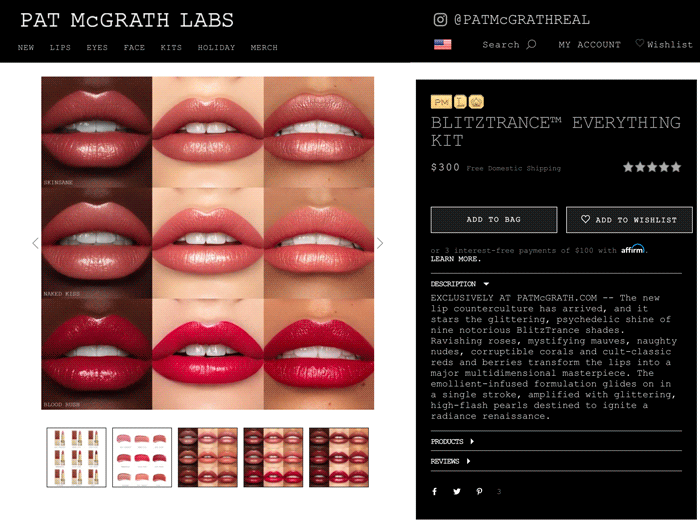
Client: Pat McGrath Labs, Photo & Post-Production by Julia Kuzmenko McKim and Avenue Retouching Agency
I had always retouched the images I photographed myself, but as the projects got larger and turnaround times got shorter, I needed a few skilled and reliable retouching assistants to help me with the workload.
Today, I handle large volumes and have strict deadlines, and my clients know they can rely on me and my photography, production, and retouching teams.
In most cases, the images that I create are being used in product launches, advertising campaigns, and other brand activities that involve many people, multiple departments, and their own strict deadlines.
Missing a deadline on our end is not an option, so when we have a large set and a tight deadline, my team and I don’t hesitate to work the extra hours until we complete the job.
As with most commercial photographers, I use a camera with a large sensor to shoot all my work, so each file where skin, makeup, and hair retouching are necessary, ends up being around 1-2 GB in size.
I have a reliable backup system in place, but dealing with massive commercial projects taught me to be mindful of the retouching methods I employ and eliminate all steps that unnecessarily increase file size.
All this means that when I am looking for new team members, I am looking for retouching professionals who already understand the unspoken rules of the fast-paced commercial world.
They know how crucial direct and fast communication is, and they understand the importance of the lean-PSD approach for quick file turnaround when dealing with large projects.
They are perfectly aware of how important it is to properly structure their PSD files, so not only will it be easy for me to quickly and seamlessly finalize each file before submitting them to the clients, but it will also be easy for us to adjust any part of an image if the client requests revisions without having to re-do any of the work we’ve already done.
And – what’s very important – I don’t need to waste my time explaining and then reminding our new team members about all these crucial things.
Time is money for your clients and for your own business too.
And in the world of commercial photography and retouching, time is always limited as everything usually needs to be done fast, often last-minute, so it’s even more important that the work is done properly from the start.
A retoucher’s ability to work efficiently stems from his or her ability to apply a fundamental and professional retouching approach and employ proper work habits that have become second nature.
WHY SKILLED RETOUCHERS ARE RARE?
I started testing to hire retouchers for my post-production team a few years ago and I was very disheartened to see that a very small percentage of the returned test images had quality skin retouching and correct colors. And, to make things worse, the majority of the decently retouched images were submitted in poorly structured, messy and bloated PSD files.
While it may not seem like such a big problem if the retouch itself is not so bad, the truth is that professionals to whom retouchers submit their job – be it commercial photographers, creative agencies, or brand representatives – are very busy people and have no time to deal with someone who does not possess the necessary level of professionalism required.
When budgets are measured in tens of thousands of dollars, no one has the time or desire to deal with an incompetent, slow, or disorganized freelancer – because the market is so big, there’s always someone who is better and faster.
RELATED: 5 Ways To Alienate Clients & Lose Potential Jobs
And clients will be willing to pay more for a qualified professional if he or she proves to be a valuable and reliable part of their post-production team.
There are so many retouchers who compete with each other at the bottom of the retouching market. And while this part of the market is so crowded that the retouching rates have no chance to increase, skilled retouching professionals who are qualified to work with commercial clients are in high demand.
That is simply because of the sheer number of businesses that create an enormous amount of visual content for their websites, social media, product launches, point-of-sale, and other marketing materials.
They all need post-production help.
Because the percentage of truly skilled and experienced retouching professionals is so small, they are really hard to find, and clients know that.
And because of that, skilled professionals don’t need to fight the competition, their clients stick with them offering repeat business and financial security.
Those professional retouchers are well-versed in common practices when receiving, handling, submitting, and archiving their clients’ files. They know what to ask and what is being asked of them, as they understand the industry vocabulary.
They know to keep their client or superior informed on the progress and meet the deadlines they have agreed to, regardless of what their personal life is like or if they have other clients who sent them more work at the last minute.
Client: Pat McGrath Labs, Photography & Post-Production by Julia Kuzmenko McKim and Avenue Retouching Agency
There is no room for excuses in the world of professional retouching for commercial clients. Reliability and proper skill level are all that matter.
You may get lucky and land a great commercial job, but if you’re oblivious to the important things that make your client’s life easier, you will most likely not get hired again.
And, as an independent creative professional, repeat clients should always be your goal in order to sustain your business.
While the rates and salaries of retouching professionals are always higher in commercial retouching, client expectations and workloads are on a whole other level as well, so it takes some serious skills, work ethic, and determination to be able to successfully step up and stay in demand.
And while we can’t help you become more reliable or resilient, we can definitely help improve your skills and lay a foundation for professional retouching habits so you are ready when the opportunity presents itself.
PROFESSIONAL BEAUTY RETOUCHING VIDEO COURSE
After many trials, a couple of years ago, I had finally built a strong team of retouching assistants.
Those retouchers had worked on a few massive projects with me and everyone had pulled through and proved they were reliable and could provide quality retouching even when the workload significantly increased.
To preserve that team and keep them busy even between my commercial photography projects, I opened Avenue Retouching Agency.
Professional retoucher and gifted educator Sarah Tucker joined us as our Post Production Director to handle the Avenue agency workload. Sarah had been a commercial retoucher for over 10 years, both in-house and on her own as a freelancer, with a client list that includes some of the major players in the fashion industry, including Conde Nast (Vogue). She had worked on images photographed by Rankin and Mario Testino, among others, featuring well-known stars like Kate Moss, Pamela Anderson, Liv Tyler, Julianne Moore, and many more.
With my deep experience as a commercial beauty photographer and retoucher managing my own post-production team, and Sarah’s, working in-house as a Senior Retouching Artist at some of the major retouching houses in London, we quickly optimized and streamlined our internal procedures to be able to successfully handle large commercial jobs.
And to instill a standard retouching approach across all of the Avenue team members, we began recording internal training videos, which eventually evolved into a larger idea of turning these videos into a proper Retouching Academy video course for any retoucher who is interested in improving their skills and working as a professional.
I must admit, I am pretty excited that sharing this course with retouchers beyond our team has some future benefits for us too – we hope that more freelance retouchers learn from this course and it will be easier for us to hire new skilled professionals in the future as the Avenue agency grows ☺️
Our new Professional Beauty Retouching video course is now available in our RA Shop:


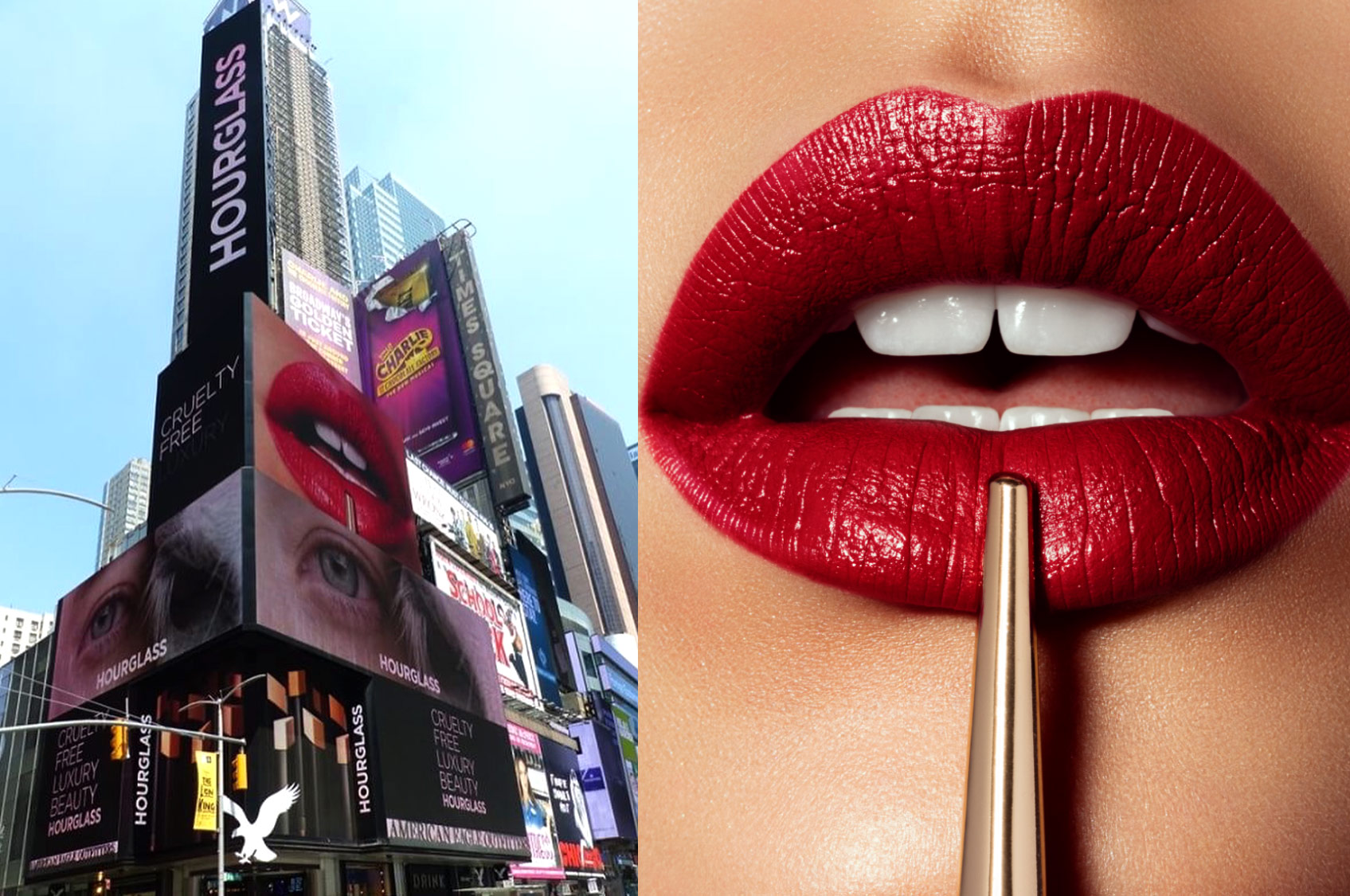

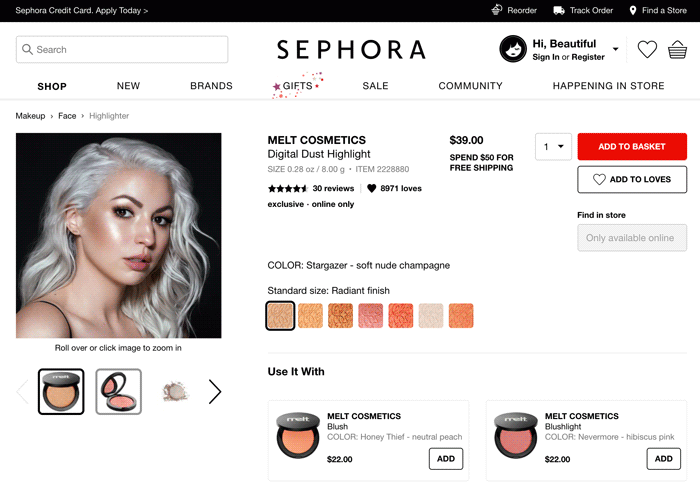
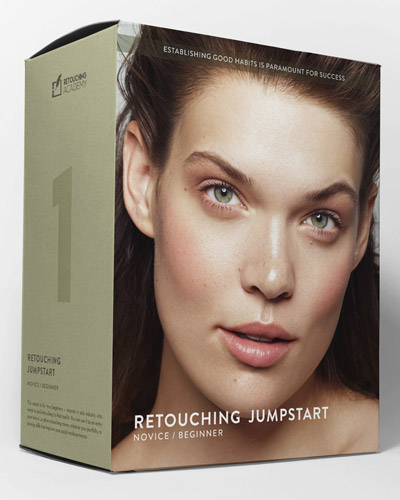
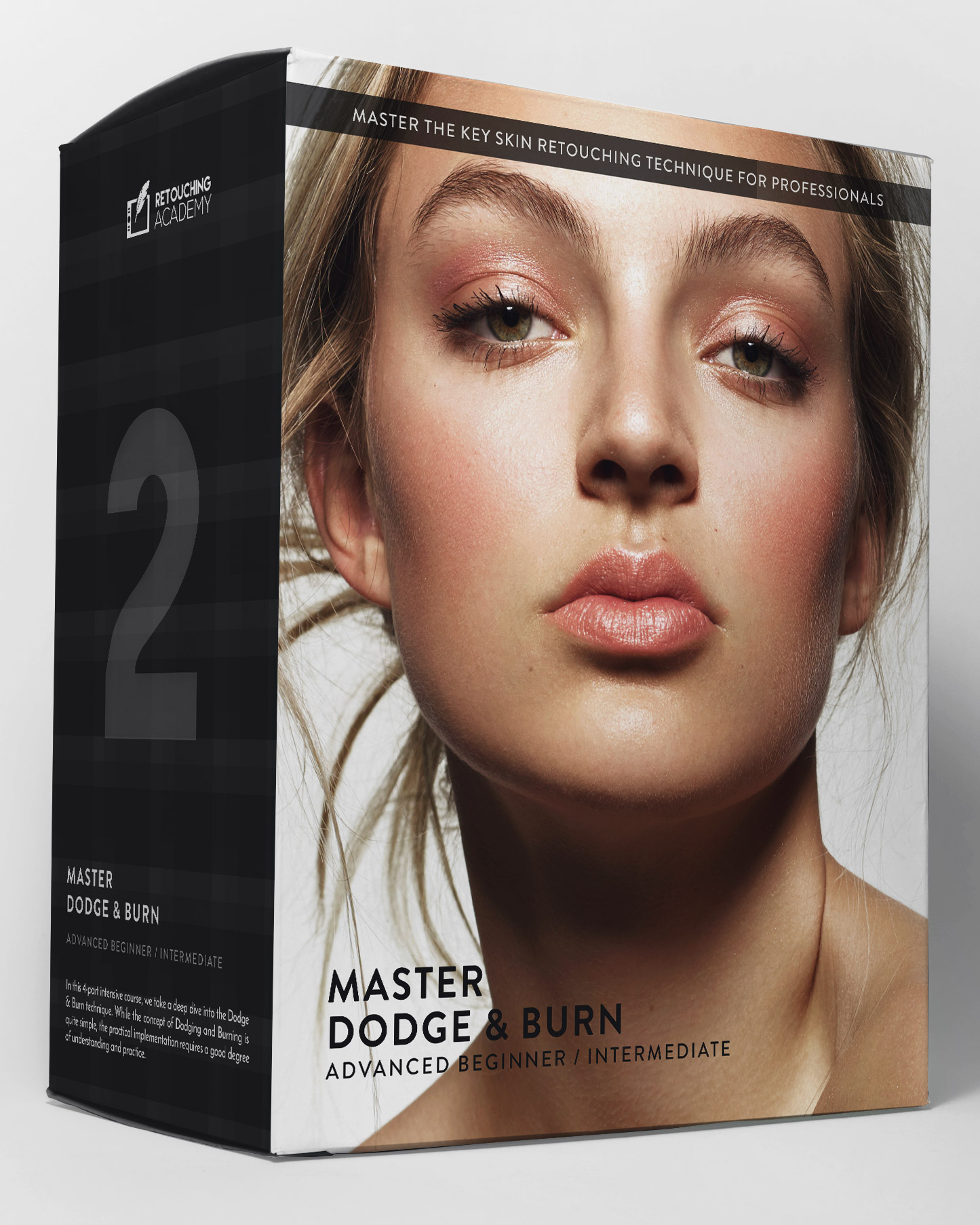
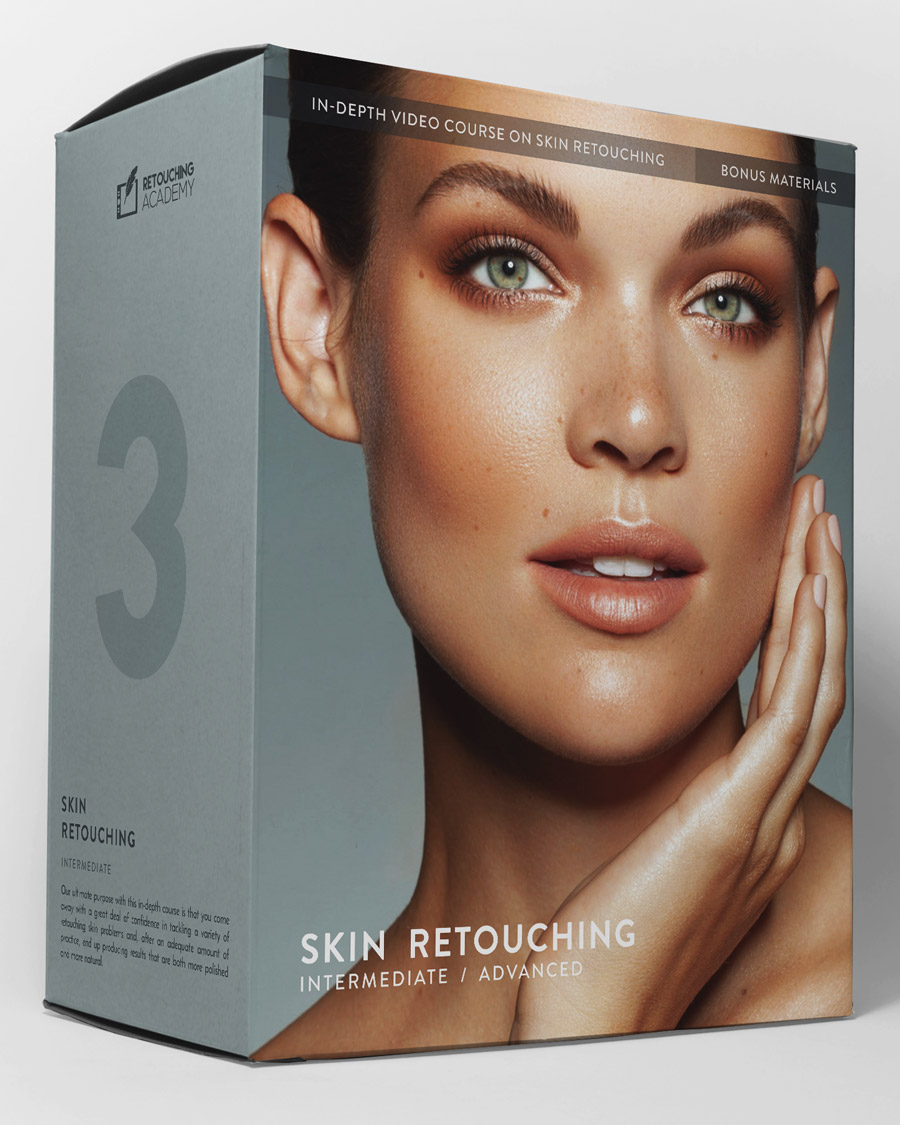
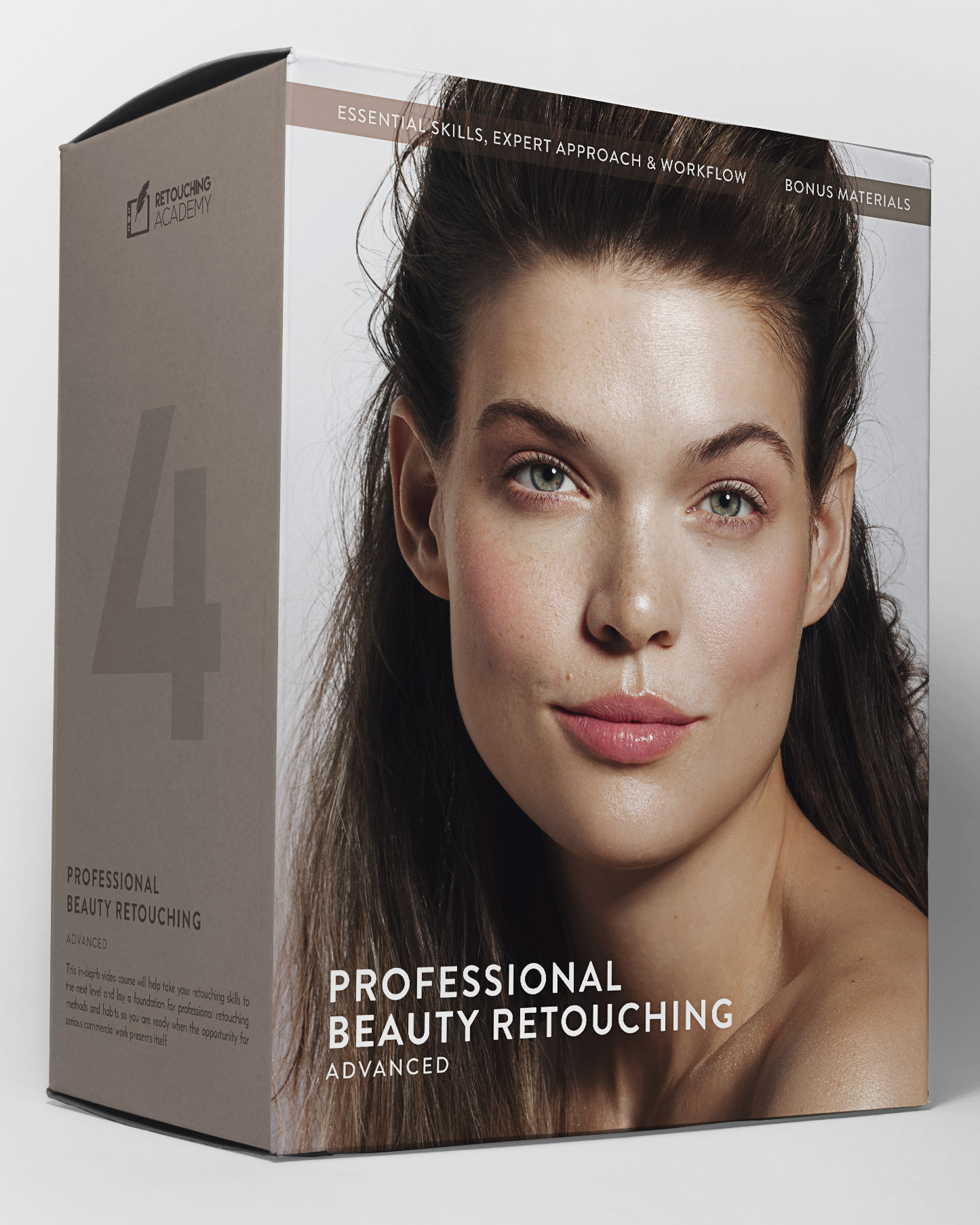
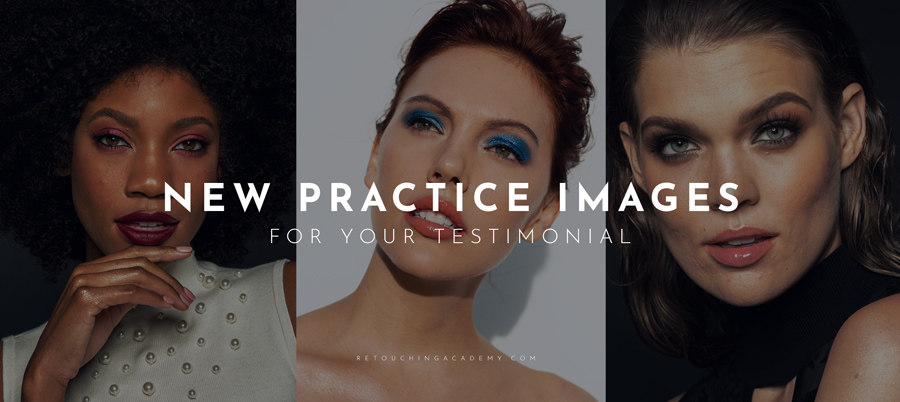
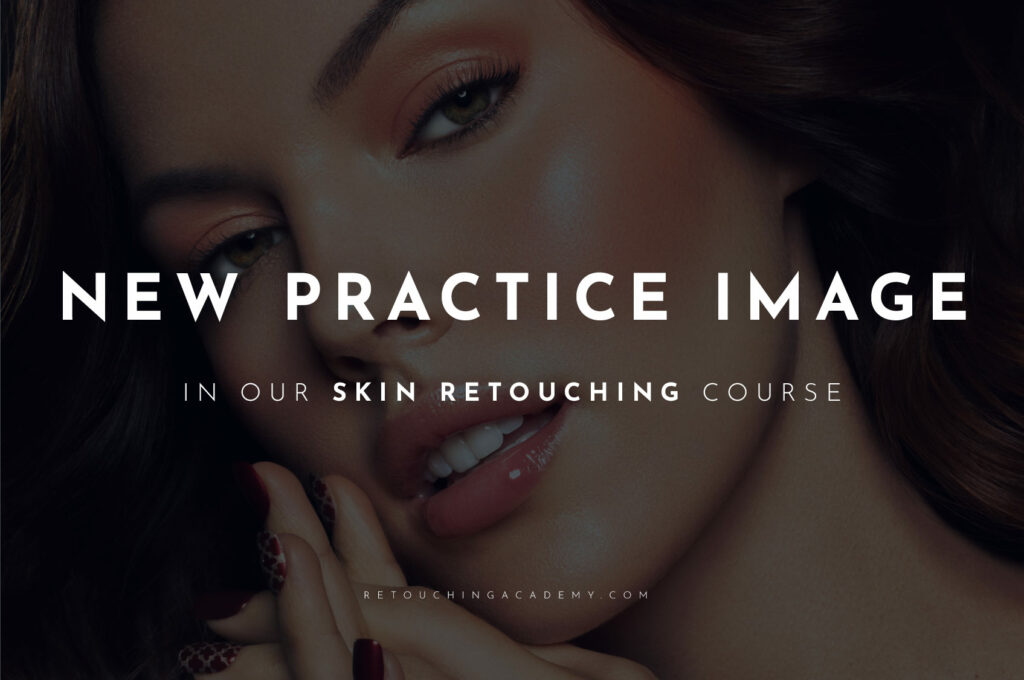

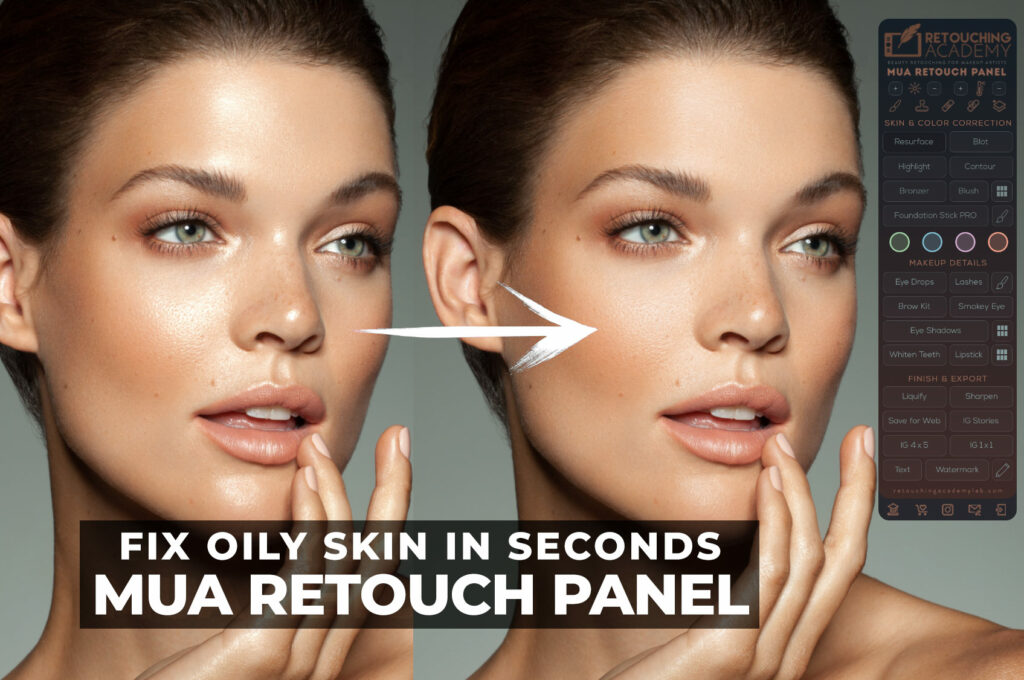
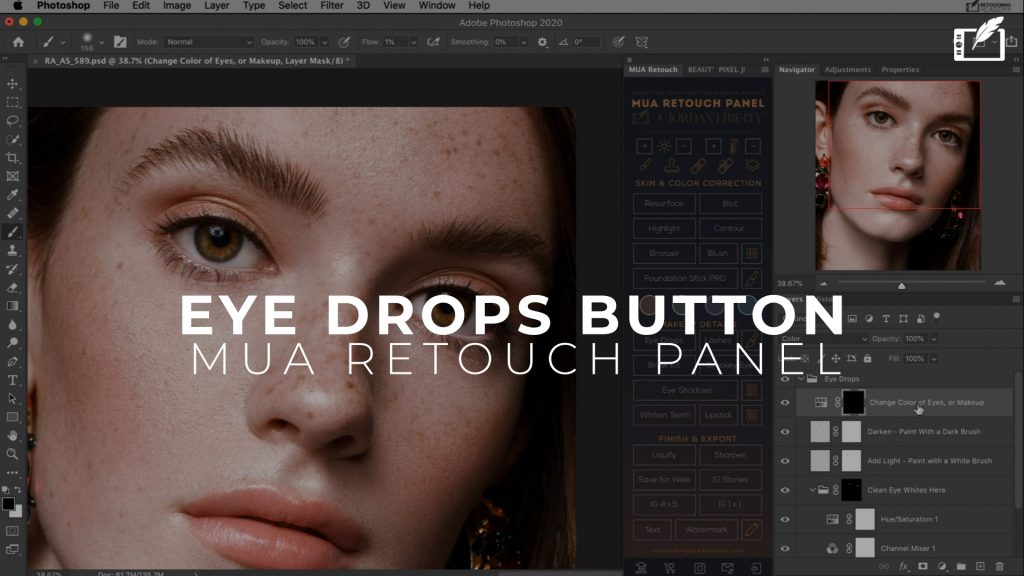
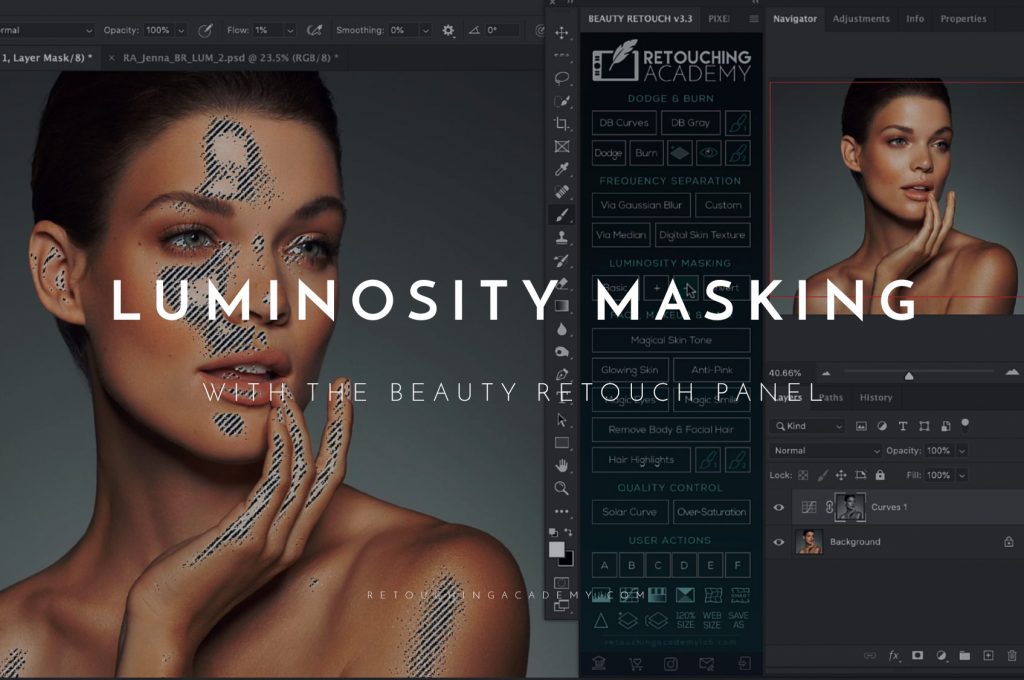

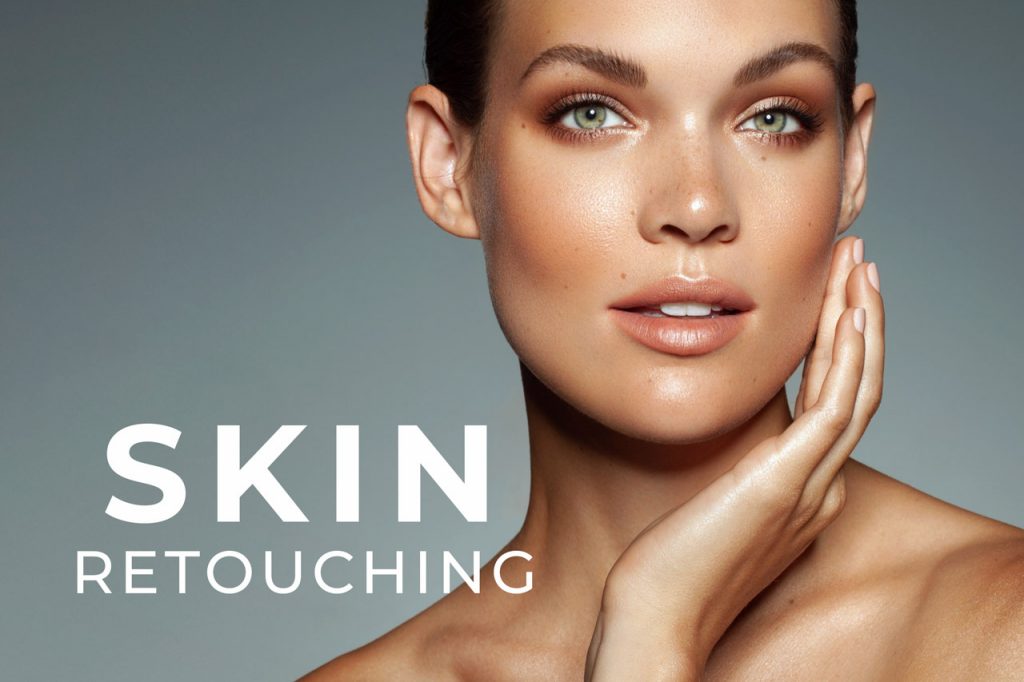
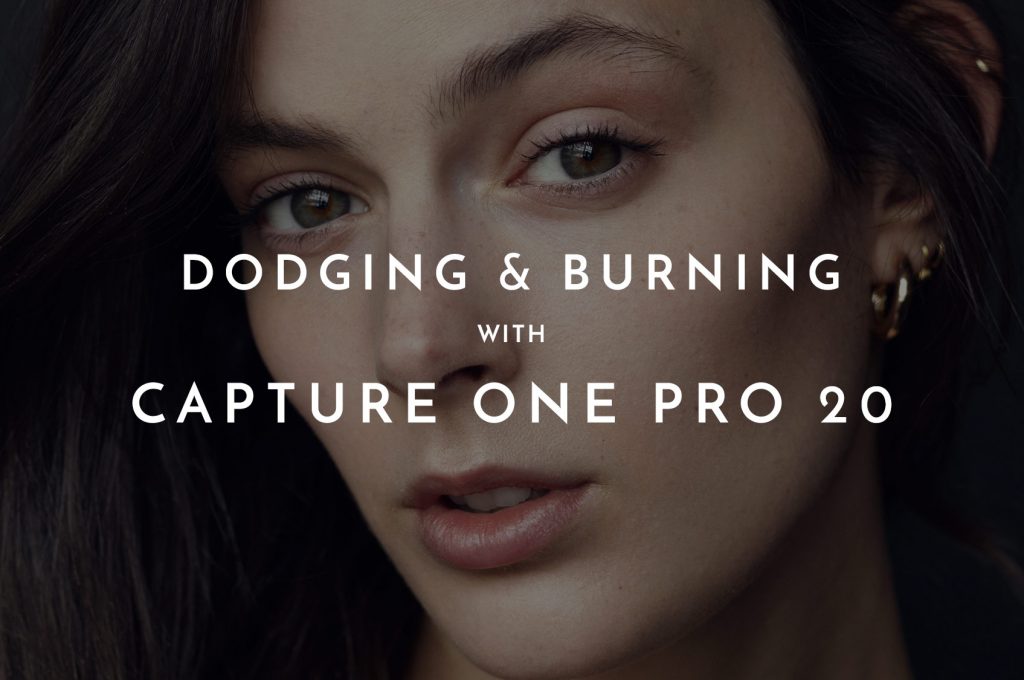
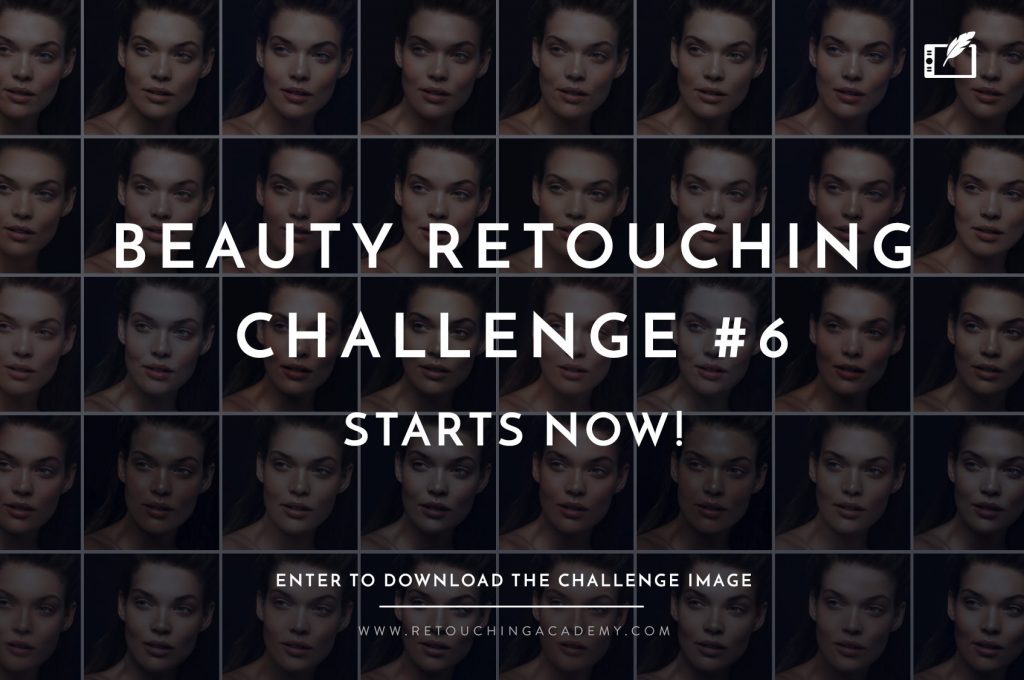
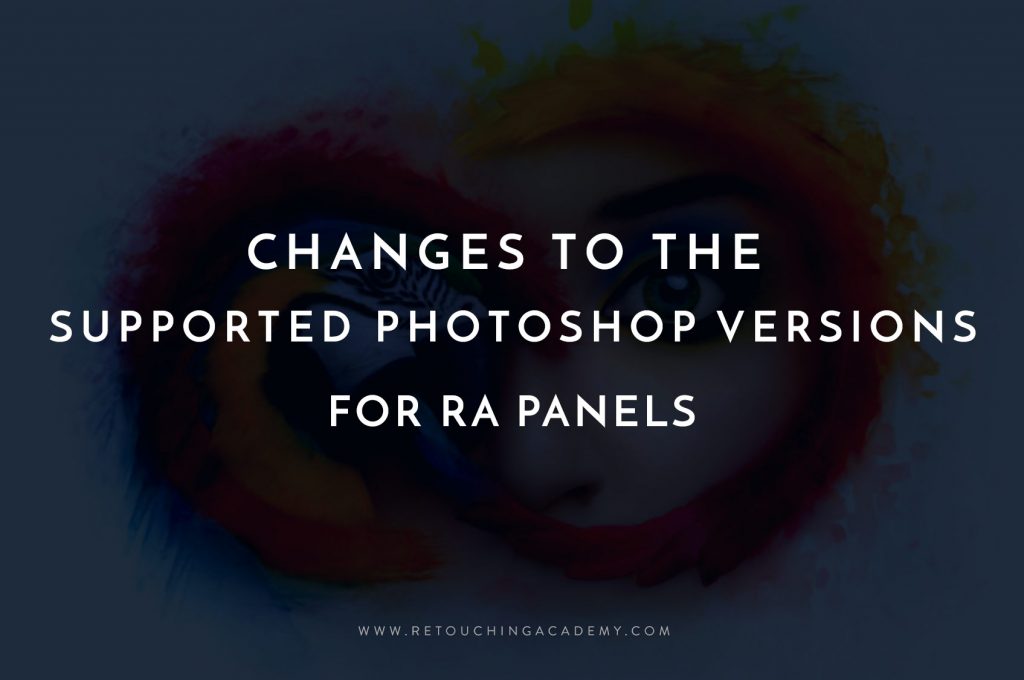
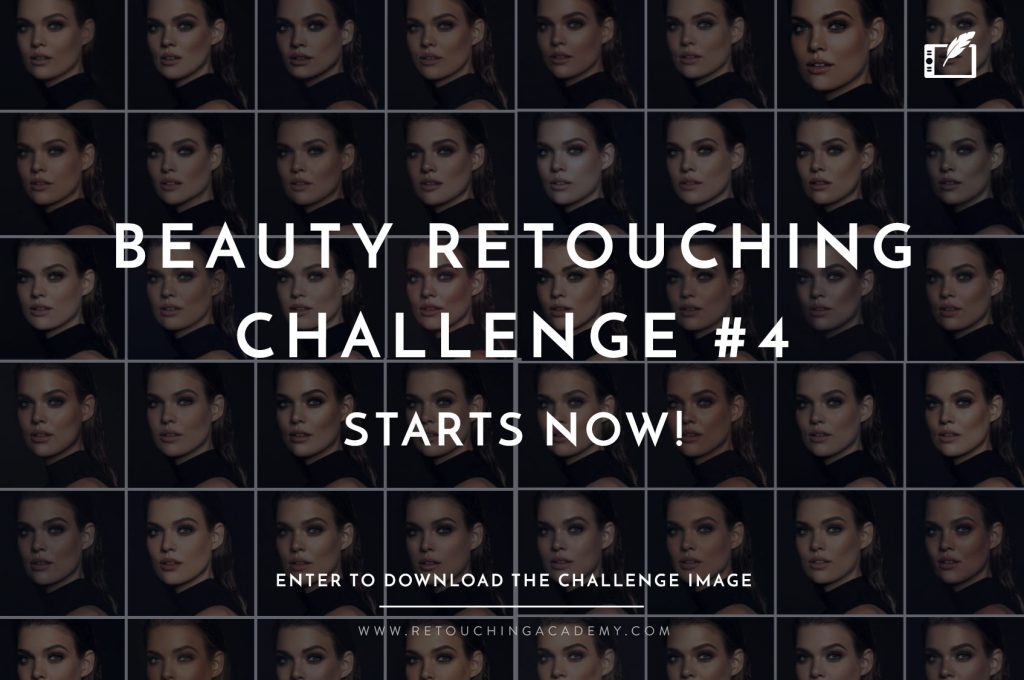
Thank you very much Julia for taking the time to do all this. How can we get these customers, really how we look for them? And on the other hand, when does the course come out? will be free ? I can not wait!
Hello Daniel, it’s my pleasure!
Finding your clients is a topic for a different conversation as the goal of this course is to help freelancers to get their retouching skills ready before they begin looking for those clients. But you can check out our Retouching Business educational module right here, we have a few articles that give you many options on where to look for retouching clients: https://retouchingacademy.com/retouching-business/
The new video course will be coming out this week, and it is not free. Stay tuned, we will be announcing everything on our social media as well as our blog 🙂
Dear Julia,
thank you for your constant update about retouching career.
I’m really interested about how to produce a lean-PSD and how to properly structure the PSD files. Especially intervention’s sequence. There are too much non-definitive theories on the web.
Thank you!
It’s really great to hear that you are interested in the right things! These points are so very important for professionals!
And yes, we cover this in-depth in our new course and there are also 2 full retouches from start to finish where you can see the theory applied 🙂
Hi Julia – I look forward to learning more about your new video course. I welcome new learning opportunities to increase my skills.
Thanks,
John
That’s wonderful to hear, John!
Thank you! We will be announcing everything shortly!
Hello Julia!
Thank you so much for such useful information. I am wondering when will I be able I purchase this course and when does it start?
Thank you!
Thank you Elina!
Sure, we will be announcing everything this week 🙂
Hi Julia!
Enjoyed and learned a lot from this course. Only wish that a full commercial retouch was also done . There were parts were I feel Sarah spoke too quickly but I guess can always rewatch the parts I didn’t get the first time. 🙂 Thank you for the course!
Hi Janina,
Thank you so much! On behalf of our team, I want to say that we are so happy to hear all of the wonderful comments and feedback on this course – if all our future candidates for the Avenue agency will use the methods and PSD organization and labeling habits that we’re teaching in it, we will have so many more strong retouchers to choose the best of the best from 🙂
And yes, the reason why we always choose to not drag out our video lessons and keep a good pace is because we know firsthand how little time busy freelancers have for anything, and any and all videos in this and any course for that matter should be watched more than once to really grasp what is being taught.
With that in mind, this pace might be too slow for some people, and a little too fast for others, but you can always stop, rewind and re-watch any part that you want to really understand. Hope this helps! And again thank you so much for your trust and sharing your feedback with us! Wishing you the best of luck in your journey ❤️
PS. Also please keep an eye out for the follow-up email sequence that we will be sending out to everyone who purchased this course in a few of weeks (after everyone finishes watching the course). That sequence will be focused on helping you to actually get and keep the clients that you want!
Hi again Julia,
Wish that the course included the photo with the girl with a top so we could follow the lessons using that example.
Hi Janina,
Which image do you mean? I will look into that and maybe we can add it as a bonus in the email sequence, which I just mentioned in my previous comment.
In the meantime, please check out the Raw practice files that we have on our RA Lab website, there are very many images that you can use for practicing the same approach and techniques: https://retouchingacademylab.com/free-raw-practice-files/
We also have some more new Raw files that we will be adding to that page soon.
Hi Julia & Sarah,
Great course! I was skeptical at first. Would i learn new things
But i learned a lot. I can finally make my masks properly. 😉
I would love to see a sort of check-list of the whole structuring workflow to put on a print-out.
Best Ivo.
Thank you! Yes, precise and efficient masking is such a crucial skill for professionals! It cannot be underestimated for sure.
In our Avenue retouching agency, we mainly work on commercial beauty work, and yet we receive a lot of client requests that involve precision masking – it’s often for color-matching and Sarah, the instructor who recorded this course, always the one we send all such tasks to because she is a masking ninja!
Great course! I was skeptical at first. Would i learn new things
But i learned a lot. I can finally make my masks properly.
Thank you so much!!
I want to learn retouching.